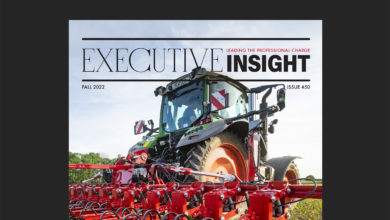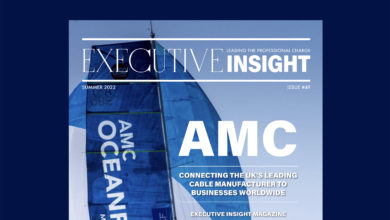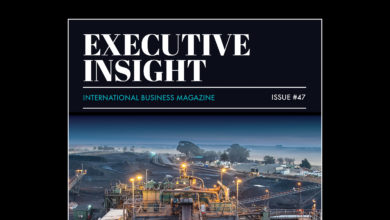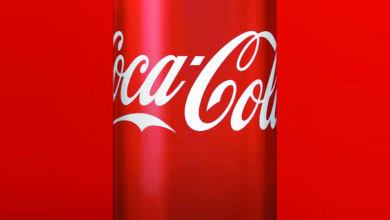Blessed as it is with astonishing reserves of seemingly every valuable natural resource, on paper, at least, the Democratic Republic of Congo should long have been a land rich in opportunity for its people and investors. The unfortunate reality, however, is that these riches have proved to be a curse rather than an asset.
Africa’s second-largest nation has struggled to shed its troubled reputation, but in spite of the challenges that can come with doing business here, the potential rewards on offer combined with a slowly stabilising political landscape makes the DRC a tantalising draw to investors. No more is this true than in the country’s fast-developing mining sector.
“What I want to tell the entire world is that you can still invest in the DRC and make money,” explained Louis Watum, Managing Director of Ivanhoe Mines’. “Things are improving and there are world class opportunities here.
I’m not sure that the world is taking notice of how much the DRC can do. People hear that it’s a risky place, that the rules keep changing here and the political situation faces uncertainty. I feel sorry for the people who think this, I’m not saying that because I’m Congolese. I’m saying it because there are great opportunities here. You can come to Congo and make money, serious money.”
Rich in diamonds, gold, copper, coltan, cobalt, copper, uranium, and an array of other minerals, it is estimated that the country has US$24 trillion of untapped deposits beneath its soil. The spectacular scale of the DRC’s mineral potential is enormous, and for evidence of this one need look no further than the Kamoa-Kakula Copper Project – the flagship project of Canadian junior, Ivanhoe Mines.
A joint venture between Ivanhoe Mines, the DRC government, and Chinese giant, Zijin Mining, the Kamoa-Kakula Copper Project has been independently ranked as the world’s largest, undeveloped, high-grade copper discovery by one of the world’s leading mining consultants.
“It is the most disruptive Tier One copper project in the world today,” announced Robert Friedland, Ivanhoe’s Executive Chairman and Founder, following a recently updated Kakula Mineral Resource estimate, prepared under the stewardship of independent consultant, Amec Foster Wheeler.
He continued: “The 12 Mt/y development scenario clearly shows the economic potential for a phased development plan for Kamoa-Kakula to become one of the largest copper mines in existence. However, we are confident that there are more high-grade copper discoveries to be made in the area and the ultimate scale of operations at Kamoa-Kakula will be much larger. The exceptionally high copper grades, thickness and continuity of the Kakula Discovery really distinguish this project from anything we have seen during our 35-plus years in the industry. These unique characteristics should allow us to build a world-scale copper mine with an initial capital cost expected to be far lower than other operations of this size.”
Covering a mineralised strike length of 13.3km, the new Mineral Resource estimate boosted total tonnage estimates of Kakula’s Indicated Mineral Resources by 50%, at a 3% copper cut-off, compared to the previous Kakula resource estimate issued in May 2017 that covered a strike length of 7.7 kilometres.
This 58 million tonne boost means that current known reserves total 174 million tonnes at a grade of 5.62% copper, compared to an earlier May 2017 estimate of 116 million tonnes at 6.09% copper, at the same cut-off grade. Additionally, Estimated Inferred Mineral Resources now total an additional nine million tonnes at a grade of 3.66% copper, at a 3% cut-off.
These are exciting figures, and Friedland’s understandable optimisim in-light of these recent findings is naturally mirrored by Louis Watum, who continues to lead the ongoing development of Kamoa-Kakula. He explained:
‘’We are now evaluating technical and infrastructure options to rapidly advance the development of the near-surface, highest-grade copper resources at Kakula. Given that the copper grades at Kakula are significantly higher than the average grades found elsewhere at Kamoa, we are highly confident that fast-tracking the development of Kakula will have a profound and positive impact on the economics of the overall Kamoa-Kakula Project.”
Of course, whilst Watum has been instrumental in leading Kamoa-Kakula’s development, he is the first to admit that development work, and the ultimate success of this venture simply wouldn’t be possible without Ivanhoe’s team of in-house staff and contractors or the support of communities in the local vicinity. With so much stake, Ivanhoe Mines has sought to recruit a combination of the top industry talent, as well as workers from the local area who are trained on the job to the highest possible standards.
“In terms of training programmes we strongly recommend training on the job because of the strong ability to train locally. We take the locals who are skilled and have the ability to learn new concepts, we train and coach them, then take them into the field to work.”
This commitment to investing in local talent not only makes sense for the company, both from a business and ethical standpoint, but for the DRC as a whole. On this, Watum said: “We see supply chain as a very critical area. It gets attention because the more you reciprocate and put money into the local economy the more you grow the economy.
When you make money, if that money goes elsewhere the local community will not benefit and become despondent. As we create job and business opportunities with the development of the mine we look at ensuring that these opportunities benefit foremost the local community”.
Kamoa-Kakula is a game changer in the region, such is its scale, and this has acted as a catalyst for infrastructure development and economic growth. Ongoing work to upgrade the Mwadingusha hydropower plant, which has already tripled power output, and will triple this yet again upon completion of the project will not only benefit Ivanhoe’s work in the area, but the Congolese people and the environment at large, in the view of Friedland:
“The upgrading program underway at Mwadingusha is a significant private-public partnership venture between SNEL, Ivanhoe and Zijin, which is vital to secure sustainable, clean electricity for the Congolese people and for the development of a Tier One copper mine at Kamoa-Kakula.”
Indeed, these are exciting times for the company, the local community, and the DRC as a whole. With a copper shortage on the horizon, in the view of the world’s global mining giants, not to mention an anticipated surge in demand due to the increased use of renewable energy and electric cars, Kamoa-Kakula might well be the first stage in the DRC’s journey to the top table of international mining.



